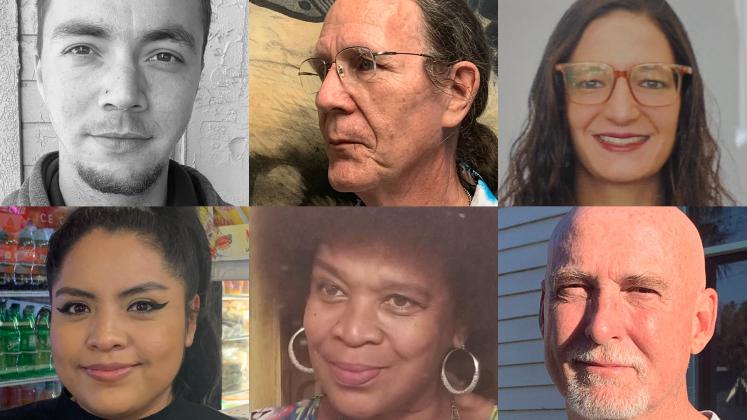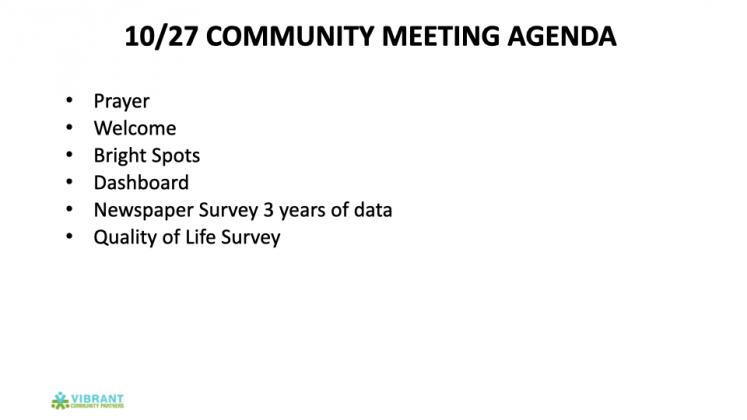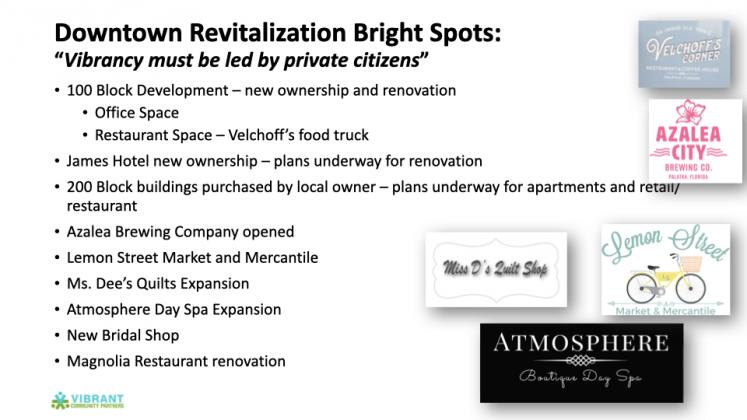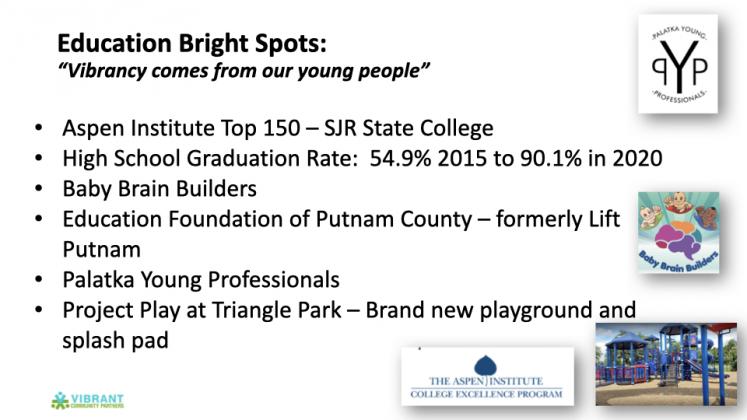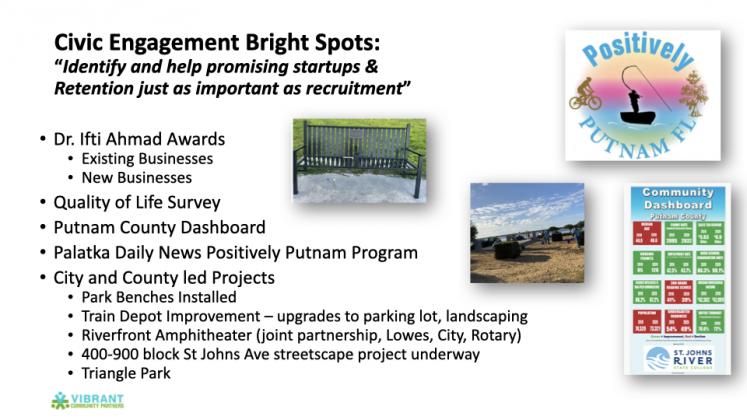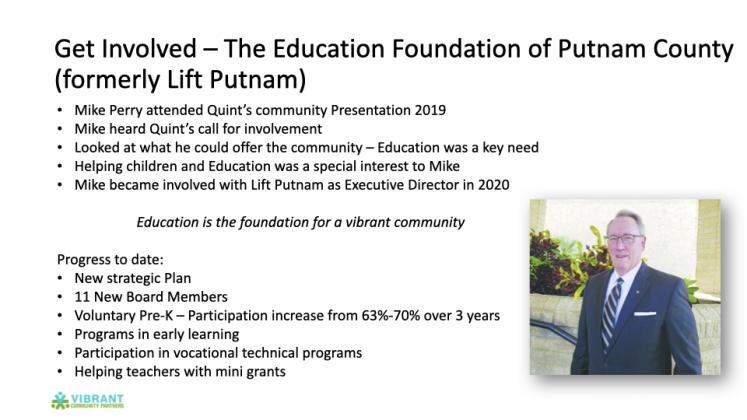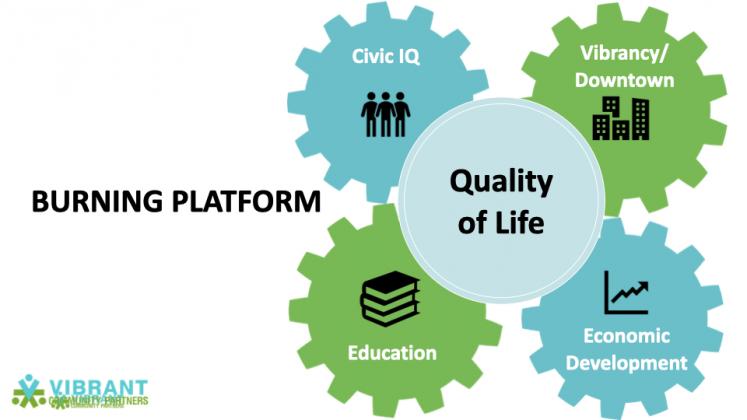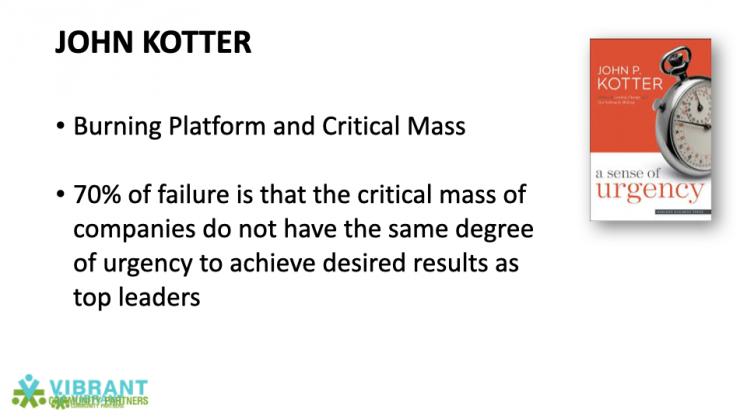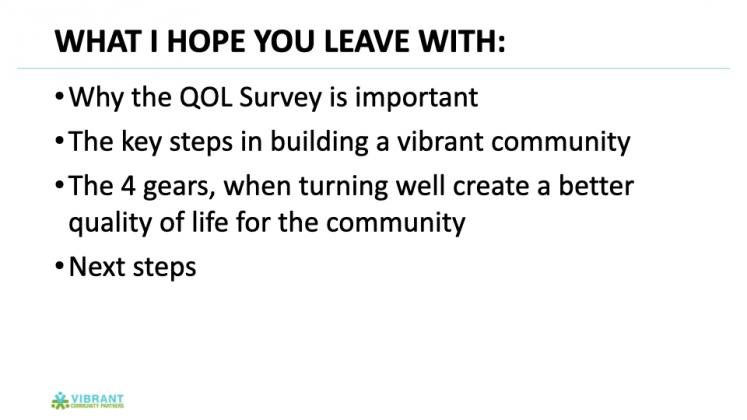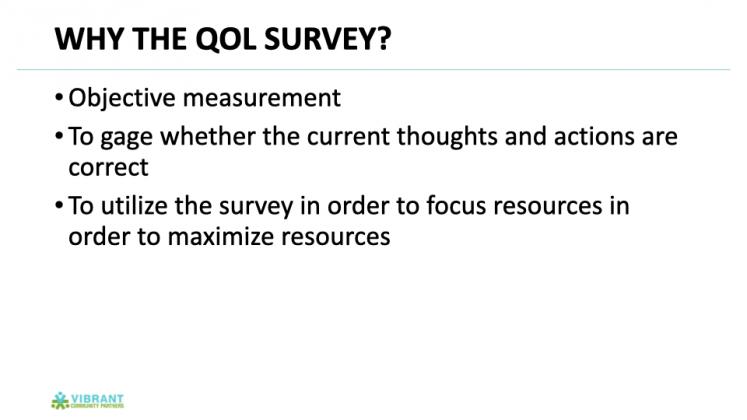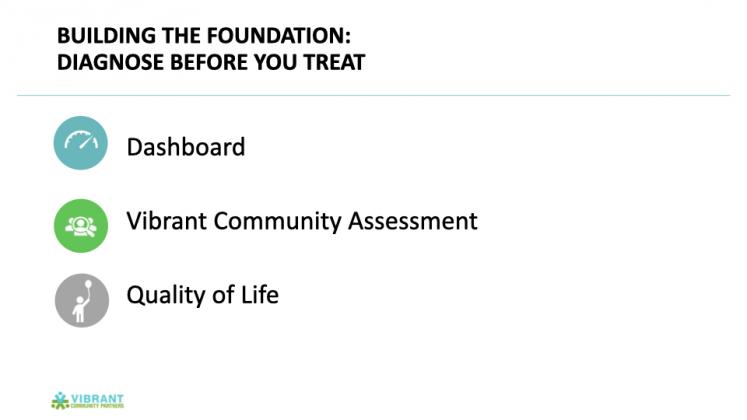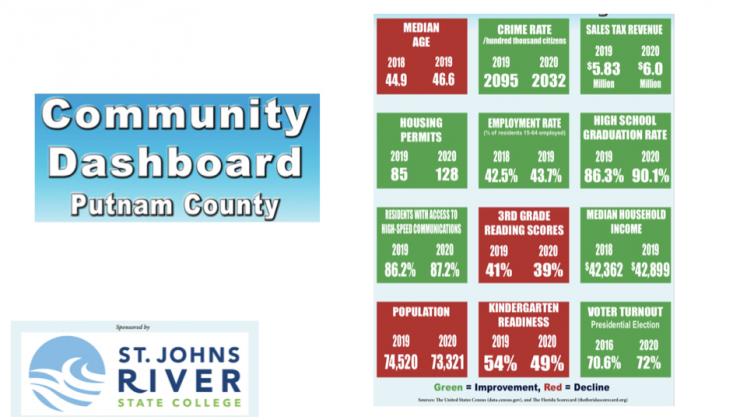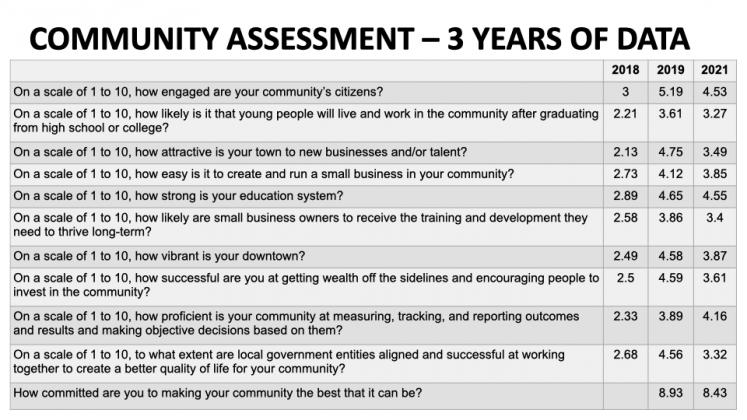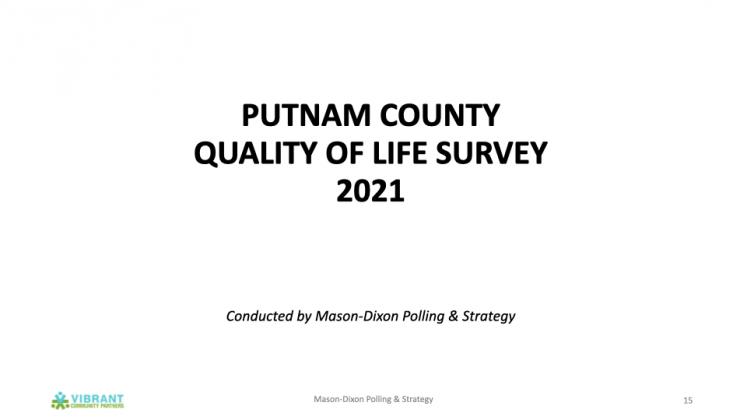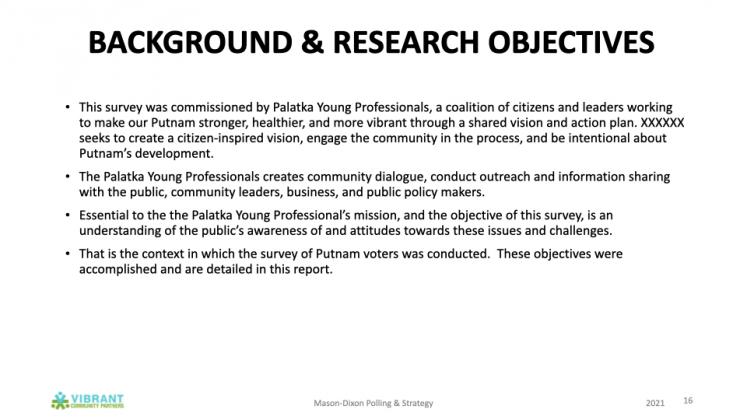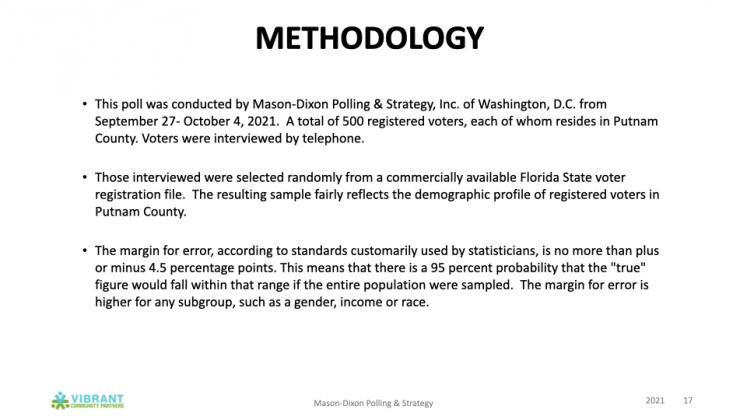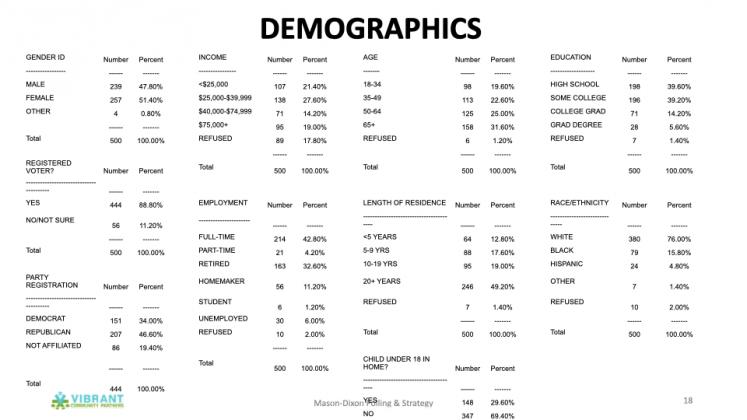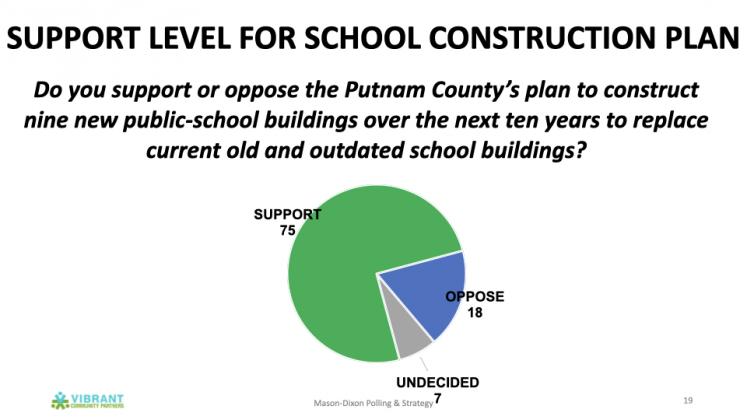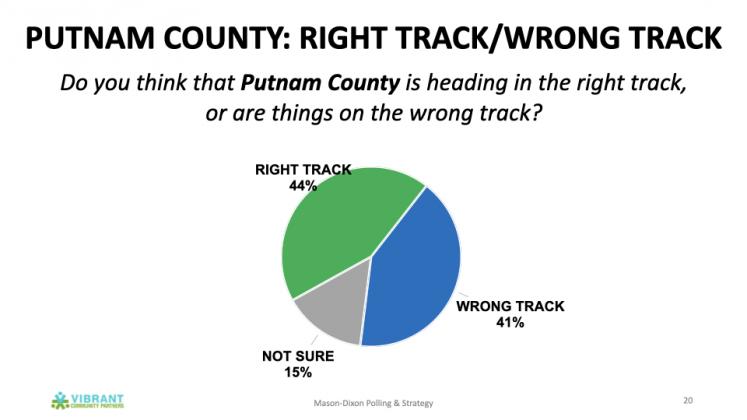This is the first part in an occasional series of articles by the Palatka Daily News that aims to dissect and better understand the results of a recent Quality of Life Survey conducted by Mason-Dixon Polling & Strategy last fall. This first article picks up where the survey left off, asking everyday residents if they believe the county is on the right or the wrong track, and what is the most important issue facing Putnam County today.
By Ginger Danto
Special to the Daily News
Despite the broad diversity of Putnam County, with its cross-section of ethnicities, education levels, socio-economic status and even belief systems, a common denominator of its residents is a sense of hope.
It is a hope that while some aspects are not perfect, given the right leadership, community consensus and financial support, the county has every potential to be better. And better not just for the one tier of the residents who live in well-appointed homes and frequent upscale establishments, but for everyone, including those Putnam residents who currently may be underserved.
“I do have hope,” said Shirley Edwards, who lives in “a beautiful rural area” of the county and commutes to work in downtown Palatka. “There are a lot of great efforts (being made), and if the hearts of everybody were in the right place, we would have success.”
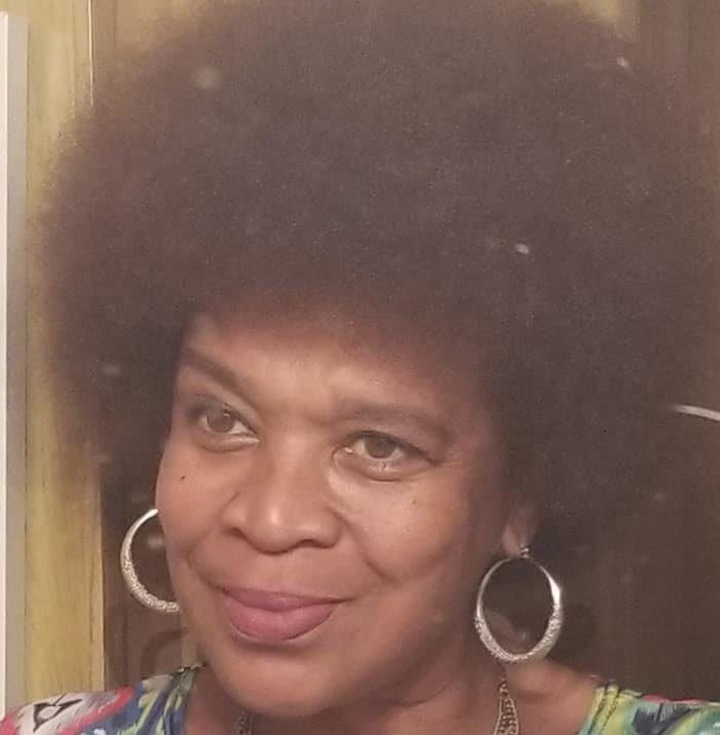
Edwards’ assessment echoes that of a random sampling of residents who were asked to consider two questions drawn from a Quality of Life Survey conducted by Mason-Dixon Polling & Strategy in the fall of 2021. The Palatka Young Professionals, along with the Studer Group under the aegis of Pensacola businessman Quint Studer, developed the survey to assess a range of issues facing Putnam County. Responses by some 500 participants were converted into category percentages printed in the pages of this newspaper.
This first in an occasional series of articles by the Palatka Daily News picks up where the survey left off, asking everyday residents if they believe the county is on the right or the wrong track, and what is the most important issue facing Putnam County today.
Original survey respondents were almost evenly divided on the “track question,” with 15% saying they were not sure. A majority of those questioned for this article said the county was on the right track, but conditionally.
“People make up the county,” said Edwards, whose work as victims advocate in the Palatka Police Department brings her “into direct contact with all the ills.” As examples, she cited violence, born of frustration and despair.
“There’s lots of despair here,” she said.
From her observations, Edwards feels that the main issue facing the county is poverty, and the fact that the poverty is not being addressed, whether by an initiative to build a homeless shelter or provide resources for what she sees as a “high rate” of mental illness.
“People suffer everywhere, but they suffer more where there is destitution,” Edwards said, noting that this condition leads to the drug abuse and crime prevalent in Putnam County.
It’s those reasons that led Sabrina Bair of Florahome to say that the county is on the wrong track.
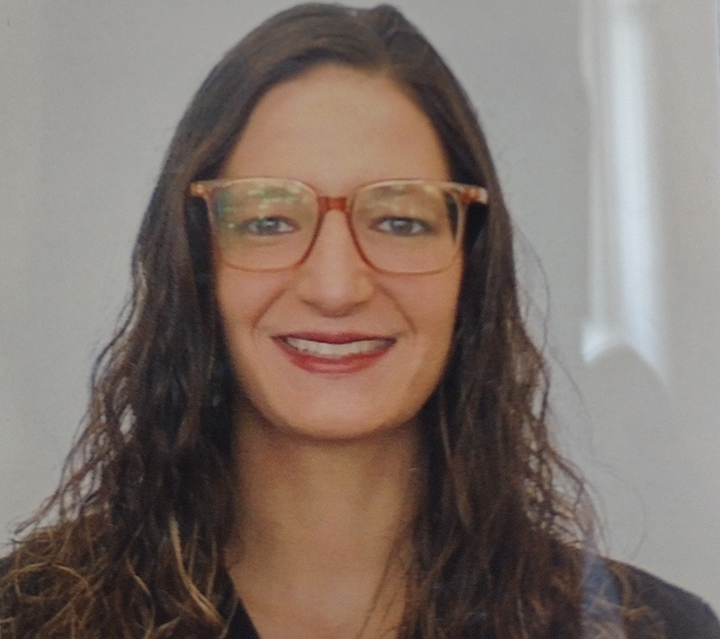
“You hear a lot about substance abuse in Putnam, and I recently heard of a gas station that was robbed, which is (indicative of) the increasing crime rate,” said Bair, who works in the health and wellness profession.
Indeed, from her perspective, the most important issue facing Putnam is health, which she said has been challenged by the pandemic.
“There are a lot of people with mental health problems. And for others, the loss of work due to COVID has put a stress on their well-being as well as their ability to provide for their households,” Bair said.
Helping members of the community work past mental health issues and stress is something Bair and Edwards do on and off the job. But Edwards feels alone.
“Here (in Palatka) we have a beautiful waterfront with a sculpture of a fish,” she said. “But there are people who need help and they are not getting it.”
A mere 1% of respondents to the 2021 Quality of Life Survey mentioned health care as the county’s most important challenge, while 7% said it was poverty. Chuck Marsh of Interlachen is among the latter.
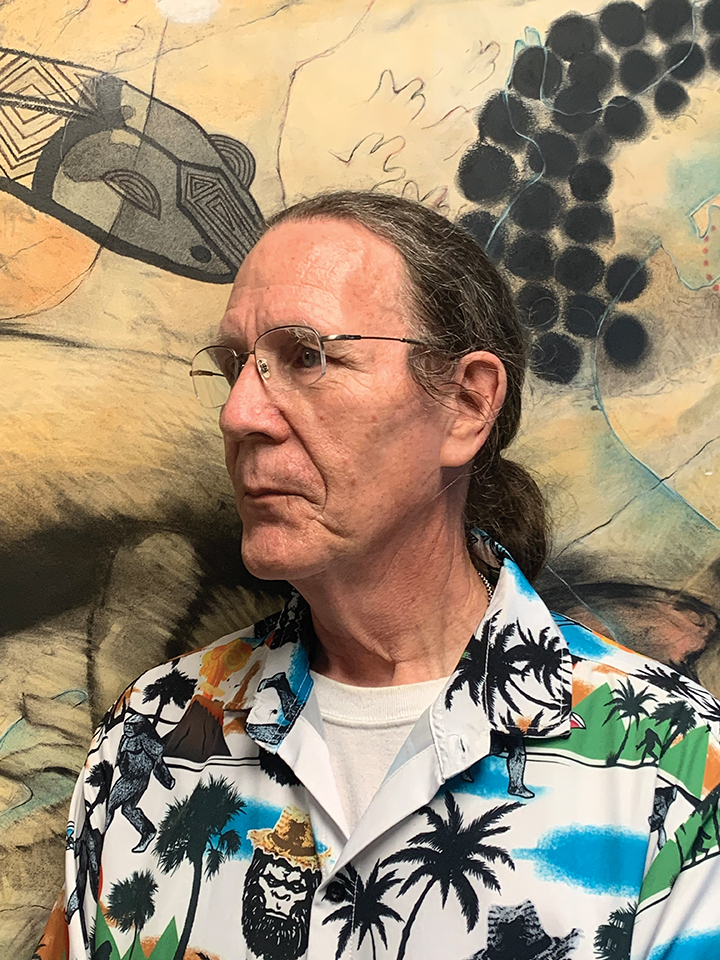
“It’s amazing how poor a lot of people are in this county,” Marsh said, noting the long lines for meals at his local food bank. He attributes the problem to the lack of local industry and jobs, adding, like Bair, that “the drug problem is percolating under the surface and getting worse and more noticeable.”
At the same time, Marsh is optimistic the county is heading in the right direction because “there is now more outreach for people who are struggling,” whether from food insecurity or mental illness. As an educator – he is a professor of visual arts – Marsh is sensitive to the fact that for many grade school students, school affords their only meal. If social equity is the goal, then “there’s more effort than there has been, more social engagement” he said. Marsh echoed Edwards’ concern for the need to provide shelter for the poor, as well as food.
Marsh said Putnam’s education system is improving, as evident in recent state reports showing an upward trend in the graduation rate. But hurdles remain for some children, said Monica Lopez, who lives and works in Crescent City, where more than 70% of the student body is composed of minorities, the majority Hispanic, according to a National Center for Education Statistics report.

And though minority enrollment is 10% higher than the state average, Lopez feels that “local schools do not do enough to support the Spanish-speaking population.” As a result, she said, children of Spanish-speaking families fall behind.
A 20-year resident of Interlachen, Marsh has seen the town better manage water pollution and even wildlife conservation. But the long-awaited widening of State Route 20 that local leaders see as a boon for future business is a liability for turtles’ natural migration pattern between the bodies of water that gave Interlachen its name, “Between the Two Lakes.”
“Now, instead of crossing two lanes, they have to cross four,” said Marsh, who is seeing an increasing number of dead turtles, falling victim to the new, man-made gauntlet.
Yet it is the environment – the river, the proximity to nature, along with access to major cities like Jacksonville and Gainesville – that drew Tom Rowley and his wife Maria to Palatka a year ago, after living in different corners of the country.
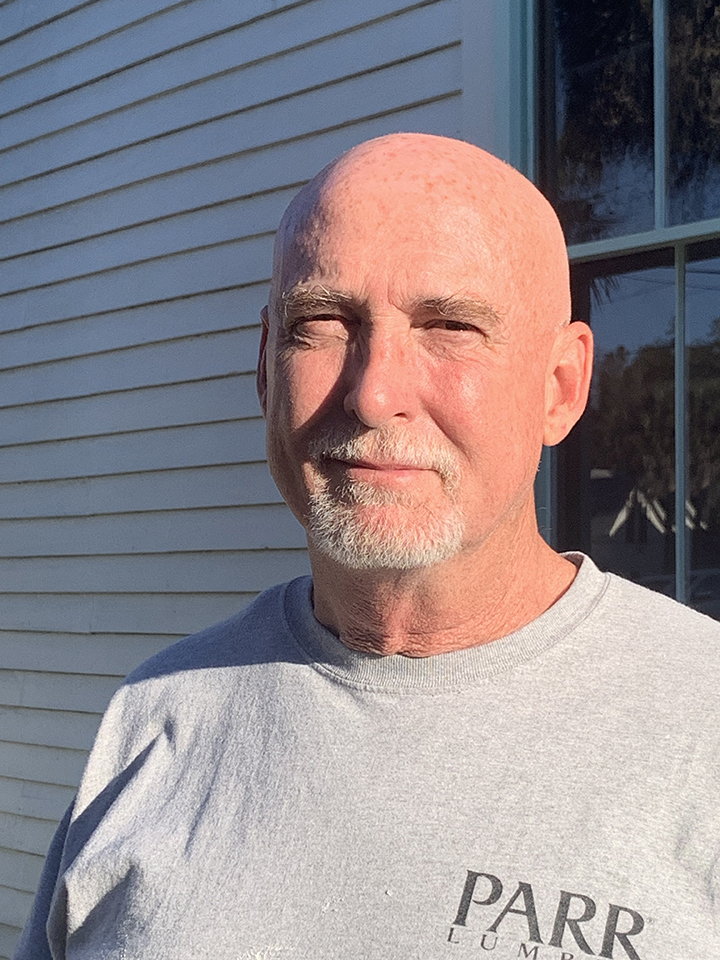
“What I see is a diamond in the rough because of the building stock and the potential that is here,” said Rowley, who feels Putnam County is on the right track. “But it’s going to take some courageous entrepreneurial investment to realize that potential.”
Rowley, whose profession is economic development, said he hoped such progress “will be inclusive, that development won’t just create a wealthy community where people who work here won’t be able to (afford to) live here.”
“Palatka could go either way,” he said, and by extension, Putnam County. “While all the ingredients are here, success is going to require that we all work together with humility, courage and civility, a lot of which is lacking in our society today.”
For Rowley, the most important issue facing the county is staying on track with planned development, while remaining vigilant of the social fabric and not leaving certain factions behind to be forgotten.
That sense of priority is in keeping with the opinion of Krystal Gunderson, who lives near the Palatka waterfront and commutes to her banking job in Jacksonville.
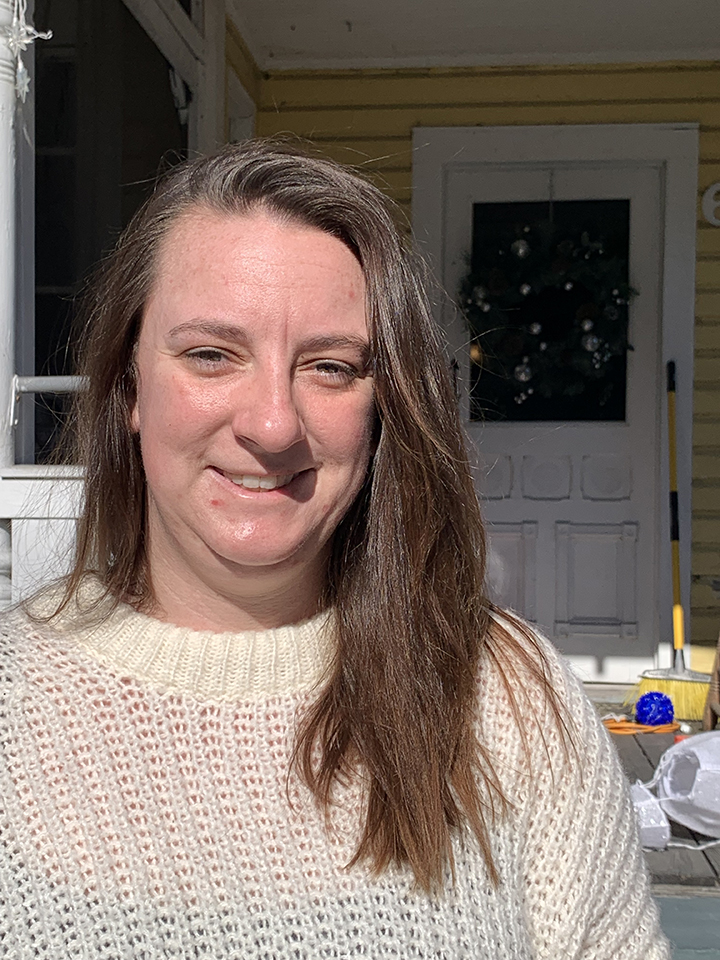
“A lot of aesthetic enhancements are being worked on, especially within the city of Palatka, to beautify it and entice tourists,” said Gunderson. She said she feels such enhancements will increase property values like hers and “make Putnam County more appealing to neighboring counties.’ For this reason, Gunderson feels Putnam is on the right track.
As for the most important issue, she said, “I don’t think there is just one thing, except just keeping the momentum going and continuing with the improvements.” Having lived through an extended period of inactivity, Gunderson sees the area’s “untapped potential” as finally getting attention. “There’s an established pipeline (of projects) and it’s important to keep them going,” she said.
As transportation manager for a delivery company, Hollister resident Cameron Casto agrees. But his daily route takes him to the far reaches of Palatka, where he has observed a stark contrast with those parts of the city being refurbished. Like Gunderson and other respondents, Casto acknowledged that “things are getting better in the county – there is momentum with new businesses popping up…

“But there’s a certain part of Palatka that needs quite a bit of attention. Buildings are dark and dilapidated, trees are down, stop signs are missing, etc., yet people live there and there’s a lot of pedestrian traffic.”
Said Casto: “There is just not a huge community presence taking care of things in those parts.
“It’s one of the harder places to deliver because traffic is so arcane and crazy you don’t know what road is what. There’s just a lot back there I never knew existed, and the more I drive around, I see a lack of county maintenance.” Witnessing the downward spiral of neglected districts, he wonders “why is it (that) one side of town gets substantially less attention than the other?”
“The more they don’t pay attention, the more drugs are going to be a problem, the more crime is going to be a problem,” Casto added, echoing Bair, who feels that vandalism is an extension of these issues affecting the quality of life of even well-kept areas.
Beyond the glaring disparity of what he calls “the two Palatkas,” Casto considers the county’s main problem the excess number of roads in need of repair, even in heavily-traveled downtowns. His answer reflects that of a full 10% of respondents to the Mason-Dixon survey.
“(Road conditions) are hard on the vehicles and hard on the driver,’” said Casto, whose truck was just in the shop for suspension repair, an all too frequent hazard of his occupation.
In a study of contrasts, two successful, self-made women entrepreneurs who have lived and worked their entire lives in the county feel completely different about its future.
“So many things are going the wrong way,” said San Mateo resident Joyce Dowling, who is retired from her beauty salon business. “One of the biggest things is that too much is being given away.”
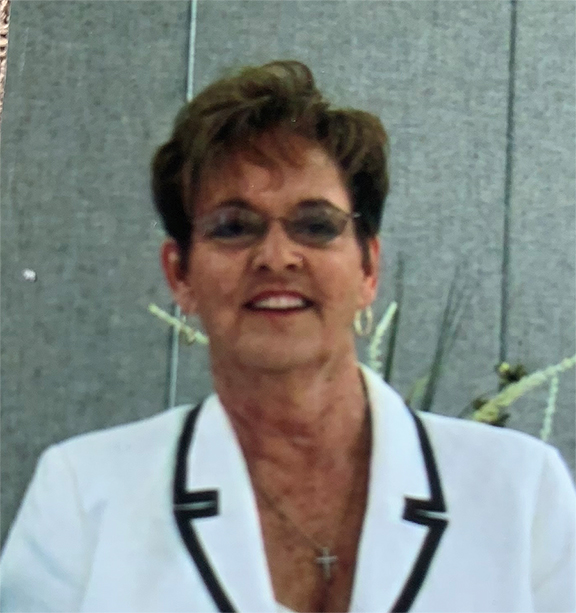
“If you just look around, everywhere there are ‘Help Needed’ signs, but people don’t want to work because it’s all being handed to them,” said Dowling, who feels that many individuals are “getting paid to stay home” thanks to the system.
“Putnam County is just giving everything away,” she said, asserting that the handouts are uneven, often assigned to a younger contingent rather than the elderly whose need, she feels, is greater.
Dowling would like to see the situation reversed by more young people joining the workforce, which she believes would reduce the crime rate borne out of boredom. Meanwhile, the most important issue facing the county “is absolutely drugs,” she said.
“I‘ve worked all my life, I live in a nice home but our hands are tied,” she said with regard to reporting, for instance, a drug situation to a busy law enforcement. “It’s as if the drugs are accepted.”
Veteran businesswoman Susie Kline of Interlachen had a different perspective. She said, “I feel Putnam is on the right track because people are taking more interest in the county itself. People want to see growth and want to make this a more family-friendly place, and it’s happening with new industry, new businesses.”
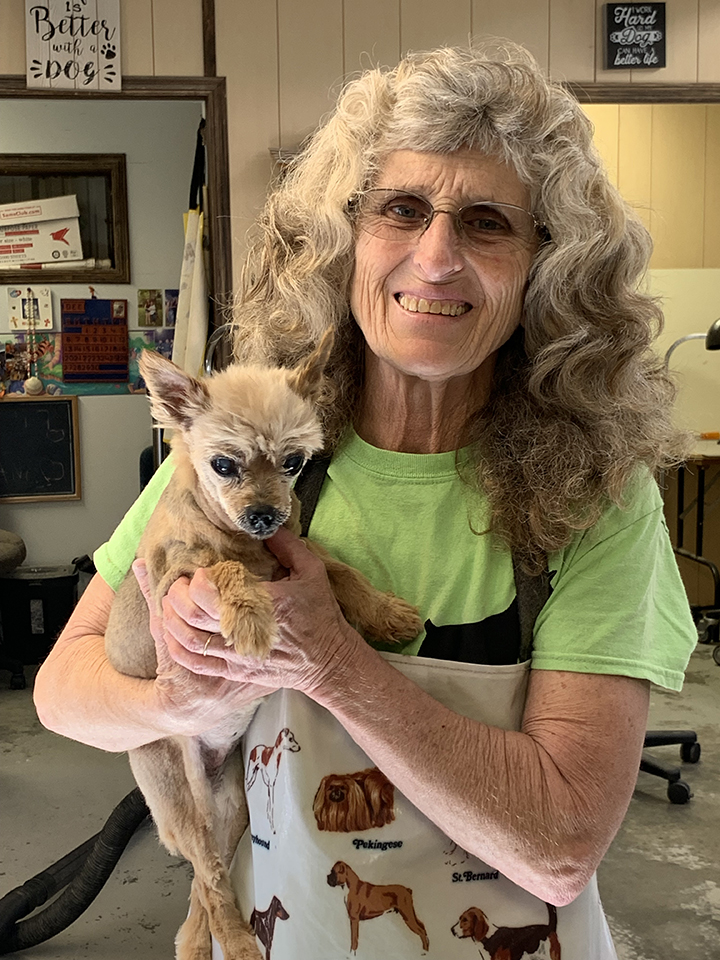
Kline believes outsiders are attracted to Putnam County because of its “small-town feel and the personal attention customers appreciate.” Her busy dog grooming establishment in the back of her home draws clients from as far as Jacksonville, she said.
Keeping young people at home, working and living in Putnam County is the issue Kline said is most important.
“We have everything we need right here … and the jobs are here if people want them,” said Kline, who founded her business decades ago. Speaking to her own experience of 60-plus years, she said, “Putnam County has been good to me. It’s my home and I would not want to live anywhere else.”
Copyright 2022 by Palatka Daily News - all rights reserved.

